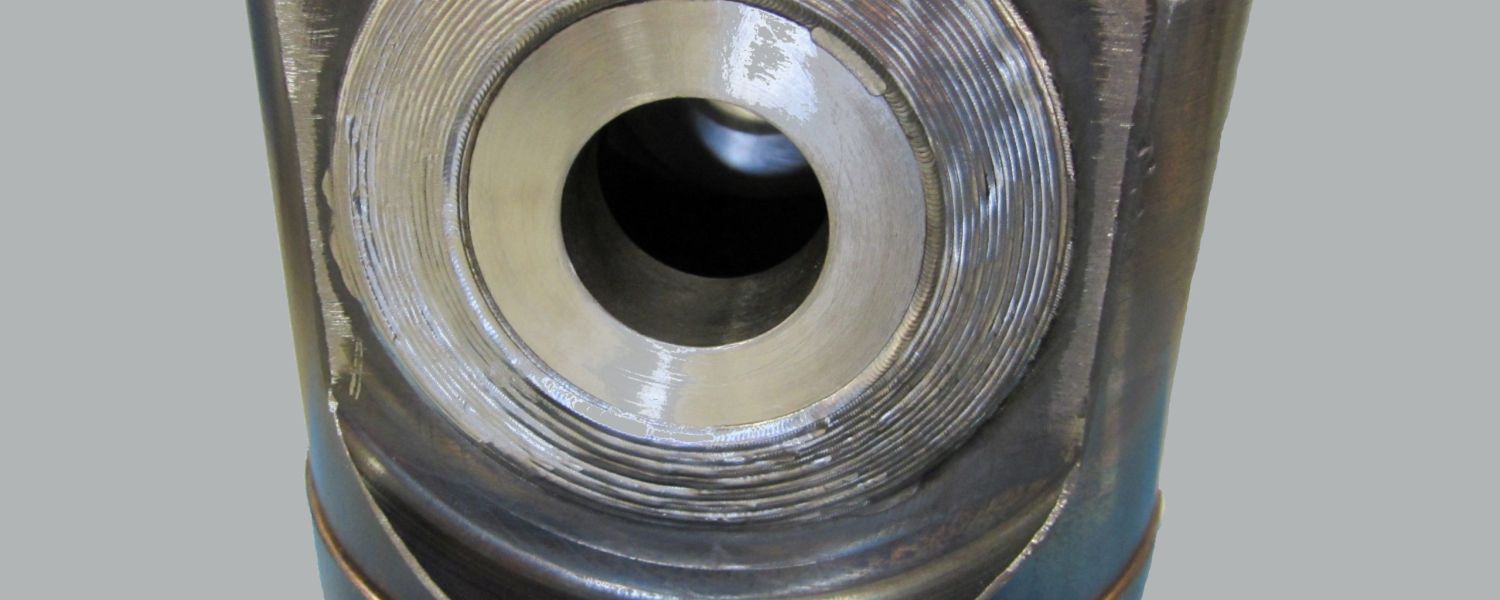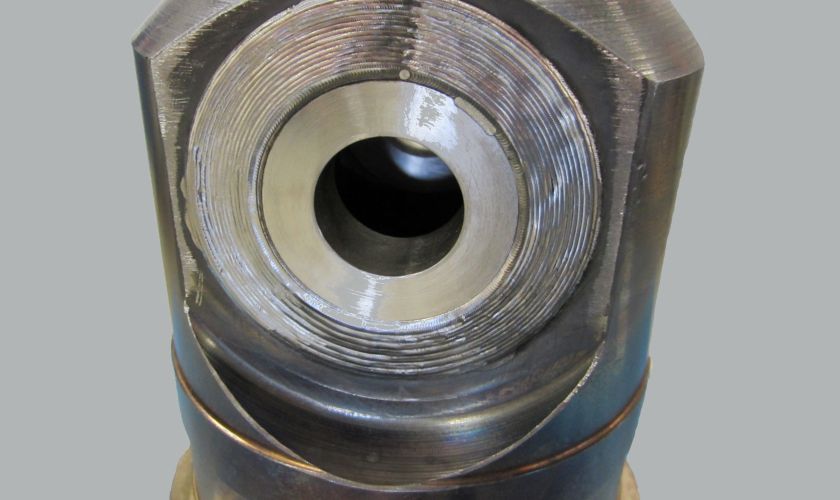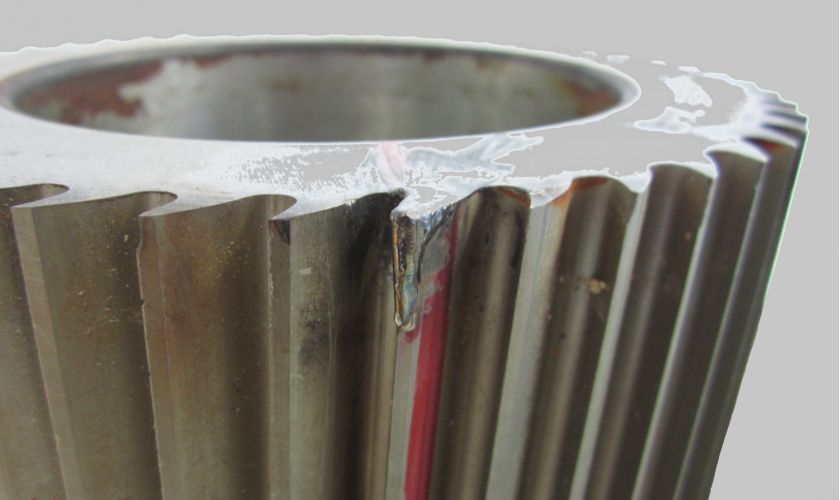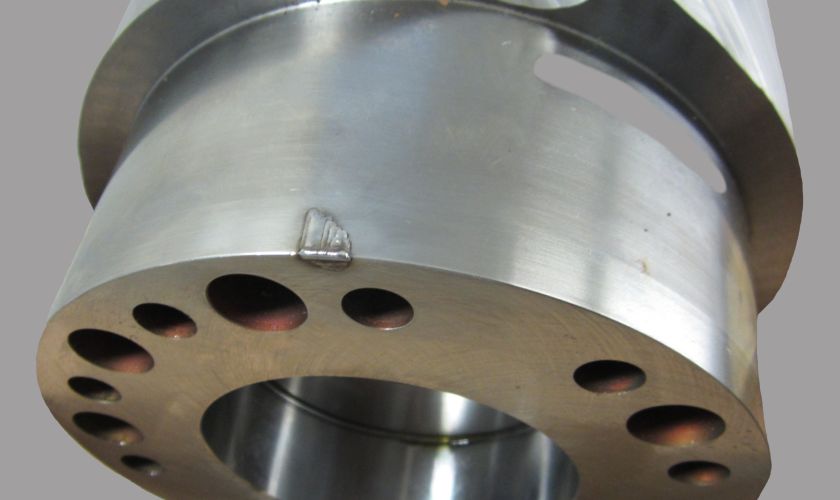Stellite welding
Stellites are hard alloys based on cobalt-chromium, which are particularly heat-stable and have a high hardness. Therefore, Stellites are very wear-resistant to corrosion and abrasion. That is why stelliting is mainly used for surface protection in case of high stress – especially accompanied by high temperature load.
TM Lasertechnik offers two different welding processes, depending on the project and component:
1 | Stellite disposition welding (cladding)
We coat e.g. valves, rotors, turbines, wear parts within the recycling industry, pump parts like shafts or housings and similar components with Stellite by automated laser welding process.
2 | Repair welding of stellited components (cold welding, manual)
Due to our many years of experience, we are also able to cold weld stellites without cracks. The time-consuming and expensive process of heating and stress-relieving annealing can be saved in this way. Costs are reduced and the dimensional accuracy of your components is maintained.

Repair welding
Individually tailored to your project, you can also have Stellite cold-welded manually without cracks.
Deposition welding / Cladding
For the deposition welding of stellites, we use a robot-controlled, fully automated laser welding process. Primarily used for prototypes or new parts in series production.
Valve base body
Valve body into which we have circumferentially welded a stellite seat with a diameter of 11 cm and a depth of 3 cm.
We weld Stellite 6 and Stellite 12 as well as other cobalt-based alloys on request.
Stellite as a material
Stellites are hard alloys based on cobalt-chromium, which have decisive advantages:
- high temperature resistance
- high oxidation resistance
- low coefficient of friction
At the same time, however, they are highly susceptible to cracking during the welding process or in the cooling phase.
Welding difficulties
During disposition welding using automated, robot-controlled laser processes, the component must always be heated beforehand, cooled in a precisely defined manner and annealed with low stress.
Otherwise, there is a high risk of cracking in the welding zones.
In cold welding, deposition rates and welding speeds are limited, so this process is primarily used for partial and very thin-walled components.
Industries for which we weld stellite:
Turbine construction
For example:
- Deposition welding of valve seats.
Mechanical engineering
For example:
- Repair and new part production of camshaft parts.
- Coating of surfaces on sliding elements.
Chemical industry
For example:
- Coating piston rods and pumps.
Recycling industry
For example:
- Deposition welding on pelletizing rotors.


